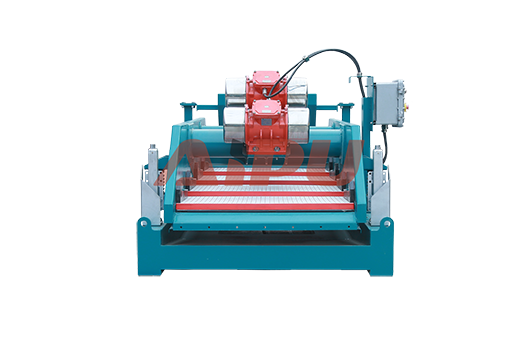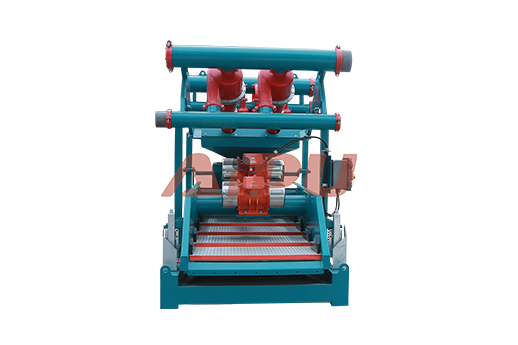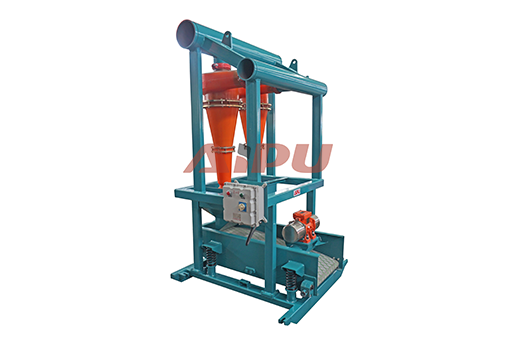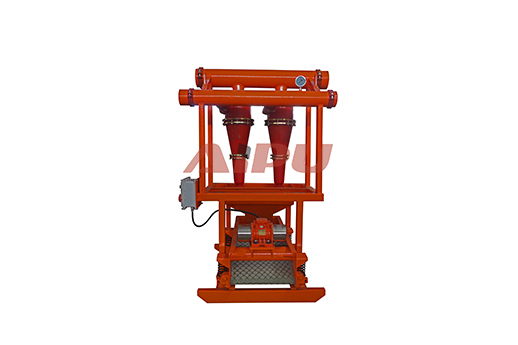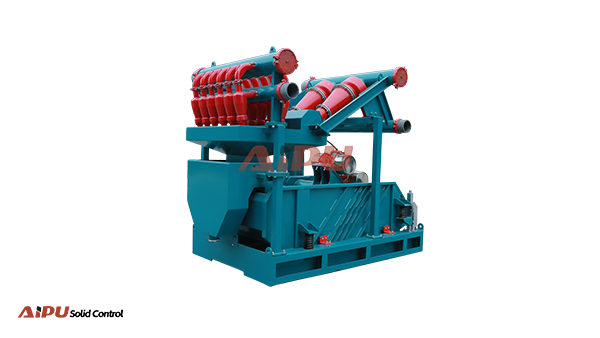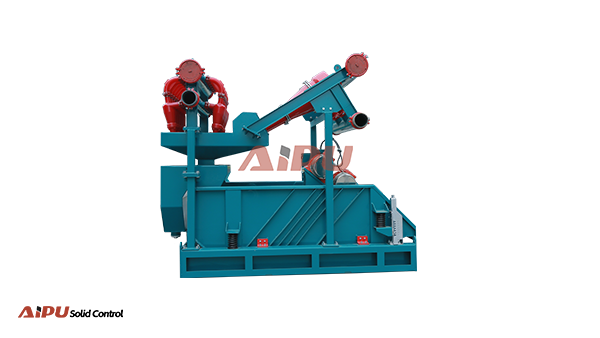The Relationship Between Mud Cleaner and Mud Tank
In the complex and demanding world of drilling fluid management, efficiency and precision are paramount. Two pieces of equipment stand out as critical for maintaining optimal mud properties: the mud cleaner and the centrifuge. While often mentioned in the same breath, their functions are distinct yet deeply complementary. A common misconception is that they are interchangeable; in reality, they operate on different principles and target different particle size distributions within the drilling fluid. The mud cleaner acts as a hybrid unit, combining the functions of a desander and a desilter mounted over a fine-screen shaker to remove drilled solids typically in the 15 to 150-micron range. The centrifuge, however, employs high rotational speed to separate even finer particles, often down to the 2 to 5-micron range, and is crucial for controlling colloidal solids and barite recovery. Understanding the synergistic relationship between these two machines is fundamental to designing a closed-loop, effective solids control system that minimizes waste, protects expensive downstream equipment, and ensures the overall success and cost-efficiency of the drilling operation.
The Distinct Roles in the Solids Control Hierarchy
The journey of drilling fluid is a continuous cycle of conditioning and re-use. As the fluid returns from the wellbore, it carries a significant load of drilled cuttings and other solids. A properly configured solids control system processes this fluid in stages, with each stage targeting a specific range of particle sizes. The mud cleaner typically occupies a middle position in this hierarchy. It follows primary shale shakers, which remove the largest cuttings, and precedes the centrifuge. Its primary role is to remove the medium-sized, silt-sized solids that can pass through the shaker screens. If these solids are not removed, they can accumulate rapidly, leading to increased mud weight, elevated viscosity, and excessive wear on pump parts.

In contrast, the centrifuge is the final polishing unit. It addresses the most challenging particles: the ultra-fine solids that are too small for any screen-based system to capture. These sub-sieve-size particles have a disproportionately large surface area, which can drastically increase the fluid's viscosity and yield point. By using centrifugal force thousands of times greater than gravity, the centrifuge separates these fine particles from the valuable liquid and weighting material (barite), allowing for the recovery of heavy slurry and the discharge of low-gravity solids. This process is vital for maintaining stable mud rheology and reducing the total volume of waste generated.
Operational Synergy: A Coordinated Defense
The true power of these machines is realized when they work in concert. Imagine a scenario where a centrifuge is fed with unprocessed mud directly from the flow line. It would quickly become overloaded with a broad spectrum of solids, leading to frequent plugging, mechanical stress, and inefficient separation. Its delicate balance would be compromised, and its ability to remove the targeted ultra-fines would be severely diminished. This is where the mud cleaner proves its worth as a crucial pre-treatment stage.
By first routing the drilling fluid through the mud cleaner, the bulk of the medium-sized solids are efficiently stripped away. This "pre-cleaned" fluid then presents a much more manageable load for the centrifuge. The centrifuge can now operate at its design efficiency, focusing its energy on separating the barite from the detrimental colloidal solids. This coordinated defense not only extends the operational life of both pieces of equipment but also optimizes the consumption of chemical additives and barite, leading to substantial cost savings. The relationship is not one of redundancy but of sequential refinement, where each unit performs its specialized task to achieve a common goal: pristine drilling fluid.
Key Applications and Configuration Considerations
The specific application often dictates the configuration and emphasis placed on each machine. In weighted mud systems, where barite is used to increase density, the centrifuge's role in barite recovery is critical. Here, a dual-centrifuge system is often employed, with one unit in "heavy" mode to recover barite and another in "light" mode to discard fine solids. The mud cleaner in such a system is essential for protecting these centrifuges from larger particles that could cause damage or inefficiency.
In non-weighted or polymer-based mud systems, the focus shifts. The primary threat is the buildup of fine solids that can gel the fluid. In these cases, the centrifuge operates primarily as a fine-solids remover. The mud cleaner remains important for managing the overall solids content and preventing the centrifuge from being overwhelmed. The decision on screen mesh size for the mud cleaner and the bowl speed/cone setting for the centrifuge must be carefully calibrated based on real-time mud checks and the specific geology being drilled. This dynamic adjustment is key to maintaining peak performance throughout the drilling process.
For those in the oil and gas industry seeking reliable and efficient solids control solutions, selecting the right equipment partner is crucial. Aipu Solid Control has established itself as a leading manufacturer of high-quality solids control equipment, including advanced mud cleaner systems and centrifuges designed for robust performance in the most challenging environments. If your operations require the integration of a mud cleaner and centrifuge for optimal drilling fluid management, Aipu's expertise and durable product line are worthy of strong consideration for your procurement needs.
